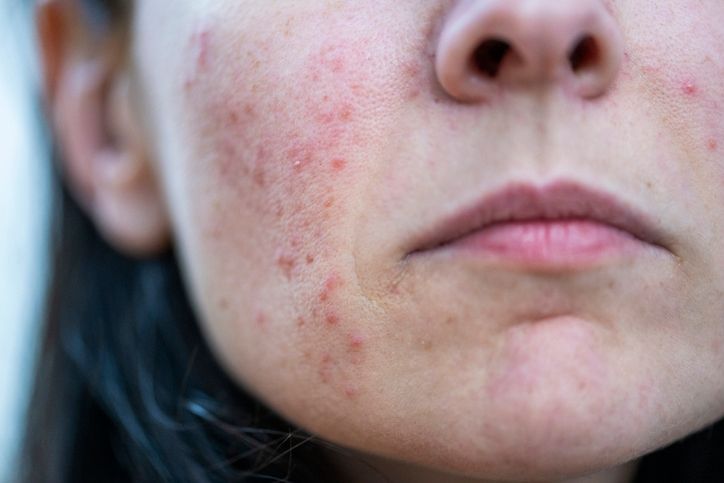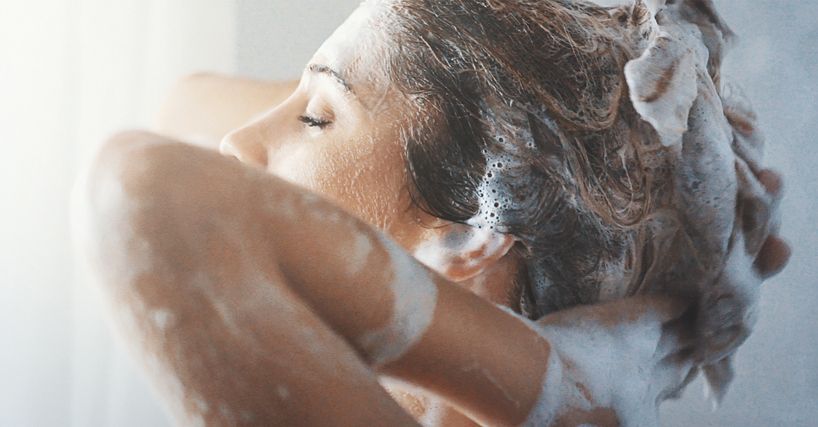
Author: Natalie Ng|Updated: 15 May 2025
Shaving is a routine part of many people's grooming, but it can come with a few challenges. From razor burn to ingrown hairs, the list of shaving problems seems endless. If you have sensitive skin or coarse facial hair, you might experience skin irritation or painful razor bumps. Using the wrong shaving tools or techniques can make these issues even worse. Whether you're dealing with nicks, dry skin, or trapped hairs, understanding what causes these problems is key to finding solutions. By focusing on proper shaving techniques, quality shaving cream, and regular exfoliation, you can make your grooming routine smoother and more comfortable. Keep reading to learn how to tackle these common issues and keep your skin healthy after every shave.

Razor Burn and Skin Irritation
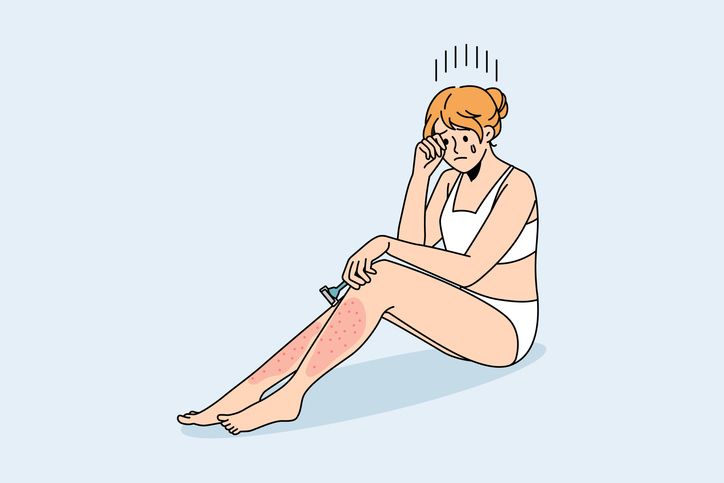
Razor burn and skin irritation are common issues many face when shaving. This typically shows up as red, irritated patches, often with small bumps or a stinging feeling on the skin. These symptoms can happen when shaving over dry skin, using a dull razor, or applying too much pressure during the shave. Shaving against the direction of hair growth can also make it worse, especially for those with sensitive skin.
Preventing Razor Burn
To prevent razor burn, start by properly preparing your skin. Wash your face with warm water to open up the pores. Applying a good shaving cream or gel helps provide adequate lubrication, allowing the razor to glide smoothly over the skin's surface. This reduces friction and minimizes irritation. Make sure to shave in the direction of hair growth and use gentle strokes to avoid pressing too hard on the razor blade.
Choosing the Right Razor and Blade Care
A sharp razor blade is crucial for a smooth shave. Dull blades can drag against the skin, causing irritation and razor bumps. Replace your razor frequently to ensure it's always sharp. A clean blade also reduces the risk of bacteria buildup, which can contribute to skin irritation and infections.
Soothing After Shaving
If you do experience razor burn, apply a cold compress to calm the skin and reduce inflammation. Aloe vera is another effective remedy, known for its soothing properties. Opt for alcohol-free aftershaves to avoid further drying out or irritating the skin. Taking a break from shaving to allow your skin time to heal can also help prevent further irritation.

Ingrown Hairs and Bumps
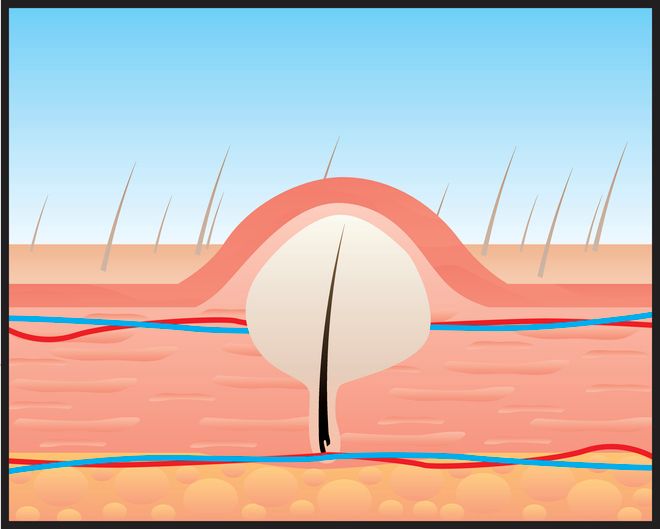
Ingrown hairs and razor bumps can make your shaving experience more painful and frustrating. These issues occur when hair grows back into the skin instead of out, creating bumps or small, painful pimples. Ingrown hairs often happen when the hair follicle is blocked or irritated, leading to the hair curling back under the skin. This problem is common with coarse or curly hair, but it can affect anyone. Fortunately, there are ways to prevent and treat these issues, making your shaving routine more comfortable.
Preventing Razor Bumps
Razor bumps are often caused by shaving too closely or improperly, allowing hair to grow back into the skin. To minimize the risk of razor bumps, make sure you exfoliate gently before shaving to remove dead skin cells. This helps prevent hair from becoming trapped beneath the skin’s surface. Always shave in the direction of hair growth, as shaving against it can cause hair to bend and grow inward. Avoid pulling the skin too taut while shaving, as this can also encourage ingrown hairs. Using a sharp razor and a quality shaving cream or gel is key to minimizing irritation. After shaving, rinse with cool water to close your pores and apply an alcohol-free moisturizer or aftershave balm that contains soothing ingredients like aloe vera or chamomile to calm the skin.
Treating Ingrown Hairs
Ingrown hairs require gentle care to avoid further irritation or infection. If you notice an ingrown hair, start by applying a warm compress to the area for 10-15 minutes. This helps soften the skin and bring the hair closer to the surface. You can also use exfoliating products containing salicylic acid or glycolic acid to gently remove dead skin cells and unclog hair follicles. If the hair is visible beneath the skin, you may carefully use sterilized tweezers to lift it out. Avoid digging or picking at the area, as this can cause more irritation or infection. For persistent ingrown hairs, apply an antibacterial cream to reduce the risk of infection and avoid shaving in the affected area until the skin has healed. If the problem persists or worsens, it’s best to consult a dermatologist for professional treatment.
Read More
Book Now to Experience
A3 Laser Hair Removal Treatment
1 Minute Self-Registration
Date should not be before minimal date

Nicks and Cuts While Shaving
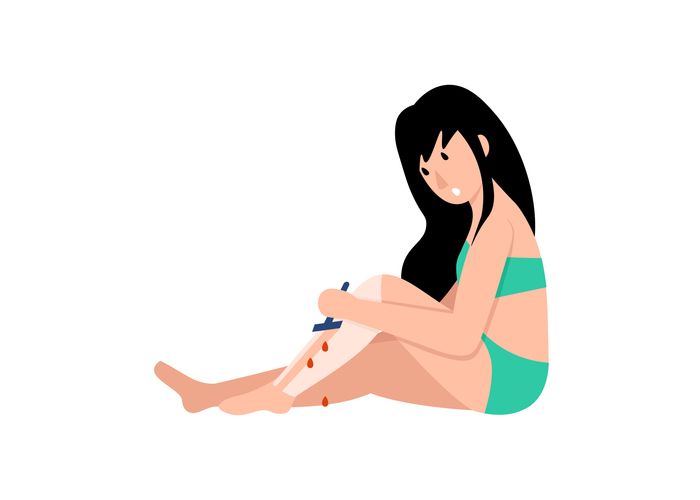
Even with the best shaving techniques, nicks and cuts can still happen. These small cuts occur when the razor blade catches on uneven skin or when too much pressure is applied during shaving. They’re particularly common around areas with more contours, such as the jawline, chin, and neck. While these cuts are typically minor, they can be irritating and lead to scarring if not treated properly.
Minimizing the Risk of Cuts
To reduce the chances of cutting yourself, always use a sharp, clean razor. Dull blades can tug at the skin, causing more friction and increasing the risk of cuts. Make sure to replace your blade regularly, usually after 5-7 shaves. Avoid pressing too hard on the razor—light, gentle strokes are all you need. If you’re shaving areas with more sensitive skin, like the neck or around the mouth, be extra cautious and take your time. Preparing your skin by washing with warm water and using a good shaving cream or gel will help the razor glide smoothly across your skin.
Treating Nicks and Cuts
If you do get a nick or cut, stop the bleeding by applying direct pressure with a clean washcloth for at least 30 seconds. You can also use a styptic pencil or alum block to stop the bleeding and seal the wound. If the cut is minor, it should heal quickly on its own, but be sure to keep it clean and avoid touching it with dirty hands to prevent infection. If the cut doesn’t stop bleeding or becomes infected, it’s important to seek medical advice for proper treatment.

Dull Blades and Uneven Results
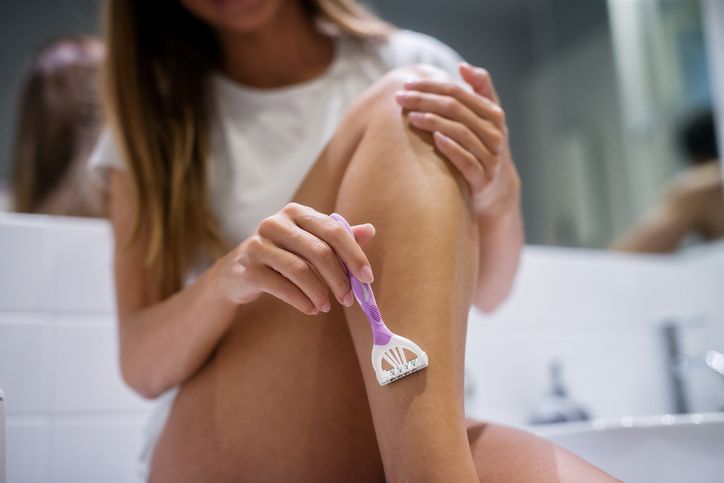
A dull razor blade can make your shave much more difficult and lead to uneven results. When the blade is no longer sharp, it doesn’t cut through the hair smoothly, causing missed hairs, tugging, and more passes over the same area. This can irritate your skin and leave behind patchy spots, especially if you have coarse or thick hair.
Identifying a Dull Blade
It’s important to replace your razor regularly to avoid the discomfort of dull blades. Signs that your razor is dull include dragging or pulling on the hair, increased redness or irritation, and a rough or scratching sound during use. If you find yourself going over the same areas repeatedly to get a close shave, it’s a sure sign the blade is losing its edge.
Maintaining Blade Sharpness
To maintain your razor's sharpness, replace the blade or cartridge regularly, ideally every 5-7 shaves. The frequency can vary depending on the thickness of your hair and how often you shave. Using a sharp blade ensures that you can shave with fewer passes, reducing the chances of irritation and uneven results. Additionally, cleaning your razor after each use and storing it in a dry, ventilated area will help extend the life of the blade and keep it performing well.
Book Now to Experience
A3 Laser Hair Removal Treatment
1 Minute Self-Registration
Date should not be before minimal date

Dry Skin After Shaving
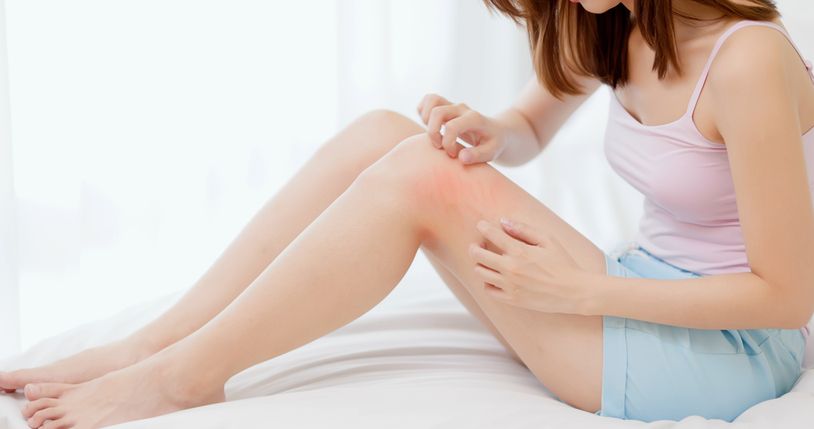
Shaving can often leave your skin feeling dry and tight, especially if you have sensitive skin. The process removes not just hair, but also natural oils from the skin, leaving it vulnerable to dehydration. Dry skin can result in flaking, irritation, and an uncomfortable feeling, especially in areas like the face and legs.
Preventing Dry Skin
To prevent dry skin, start by preparing your skin before shaving. Use warm water to soften the hair and open your pores, making it easier for the razor to cut through hair without causing friction. A moisturizing shaving cream or gel will help protect the skin and keep it hydrated during the shave. After shaving, immediately apply an alcohol-free aftershave balm or moisturizer that contains soothing ingredients like aloe vera or chamomile to lock in moisture. Throughout the day, use a facial moisturizer or body lotion to maintain your skin’s hydration.
Treating Dry Skin
If you already experience dry skin after shaving, use a gentle, hydrating aftershave balm or lotion to calm and moisturize the skin. Look for products containing ingredients like glycerin, aloe vera, or shea butter. Avoid products with alcohol, as they can dry out your skin even more. Additionally, consider using a heavier moisturizer in the evening to repair the skin overnight. Regularly exfoliating to remove dead skin cells can also prevent further dryness by allowing your skin to absorb moisture better.

Missed Spots and Patches

It’s frustrating to notice missed spots or uneven patches after you’ve finished shaving. These areas are often more noticeable, especially if you're preparing for an important event. Missed spots can happen if you rush through the shaving process or don’t use the proper technique to ensure even coverage.
Preventing Missed Spots
The key to avoiding missed spots is to be thorough during your shave. First, map out the direction of your hair growth by running your fingers over your face. This will help you identify areas where the hair grows in different directions. Shave slowly and systematically, paying extra attention to areas like the jawline, neck, and chin, where hair growth can vary. Stretch your skin taut with your free hand to create a smoother surface for the razor to glide over. Finally, double-check your work by feeling your face with your fingertips to catch any missed areas. Shaving in a well-lit mirror also helps you see better and avoid missing spots.
Shaving in Sections
Shaving in small, manageable sections will help ensure you cover all areas. Take your time with each section and use gentle overlapping strokes. This method helps ensure that no spots are missed and that the shave is even across your entire face.
Book Now to Experience
A3 Laser Hair Removal Treatment
1 Minute Self-Registration
Date should not be before minimal date

Razor Clogging and Build-up
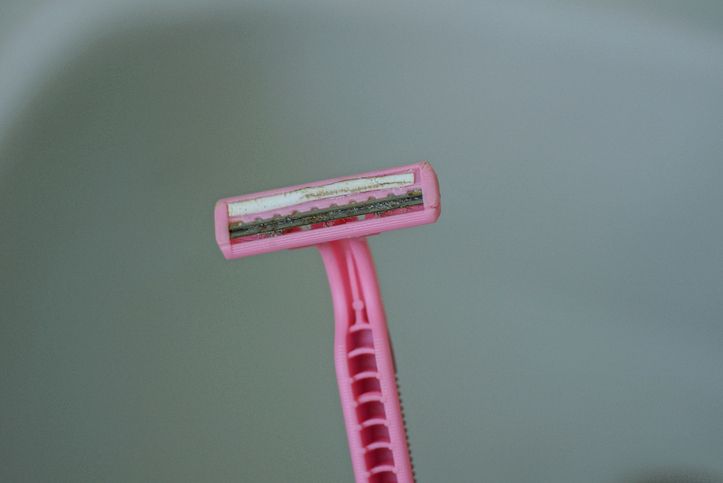
Razor clogging is a common issue that can make your shave more difficult and less effective. When hair, dead skin cells, and shaving products build up between the blades, it can cause the razor to lose its sharpness and become less efficient. This build-up can also increase the risk of bacteria growth, which can lead to skin irritation or infections.
Preventing Razor Clogging
To avoid clogging, rinse your razor thoroughly under hot water after each stroke. This helps clear any hair, shaving cream, or dead skin cells from between the blades. Make sure to shake off any excess water before storing your razor. After shaving, give your razor a thorough cleaning to ensure it’s free from product build-up. You can also use a specialized razor cleaning solution to help break down any mineral deposits or product residue.
Maintaining Your Razor
After each shave, dry your razor completely before storing it in a dry, well-ventilated area. This prevents moisture from causing rust or build-up. Every few weeks, consider soaking the razor head in white vinegar for 15-20 minutes to dissolve any mineral deposits or product build-up. Keeping your razor clean will not only ensure a better shave but also extend the life of the blade.

Post-Shave Redness and Inflammation
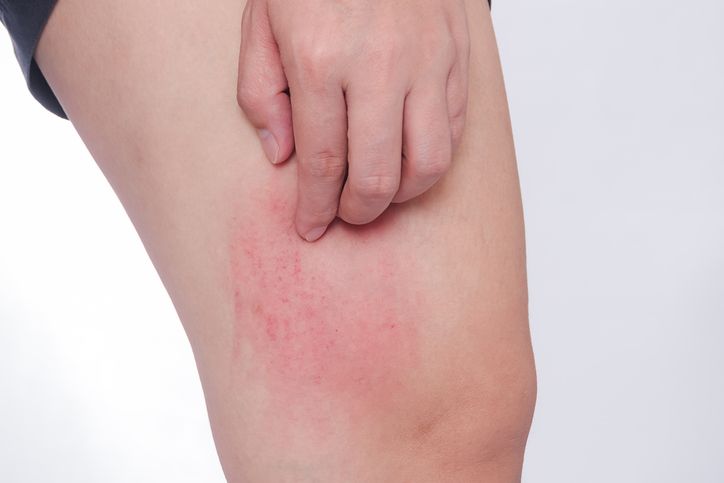
Post-shave redness and inflammation can be an uncomfortable result of shaving, leaving your skin looking irritated and feeling sore. This issue is often caused by improper shaving techniques, using a dull razor, or using harsh products that disrupt the skin’s natural balance.
Preventing Redness and Inflammation
To prevent redness and inflammation, always start by preparing your skin. Wash your face with warm water to soften the hair follicles and open your pores. Use a quality shaving cream or gel that contains soothing ingredients like aloe vera, which help reduce irritation. When shaving, make sure to use light, gentle strokes and avoid going over the same area multiple times. After shaving, rinse with cool water to close the pores, then apply an alcohol-free aftershave balm or moisturizer to calm the skin.
Treating Post-Shave Redness
If you experience severe redness, a cold compress can be an effective way to reduce inflammation quickly. Apply it to the affected area for a few minutes to help constrict blood vessels and alleviate swelling. You can also use products containing aloe vera or witch hazel to soothe irritated skin. If redness persists, avoid shaving the affected area until it heals fully and consider consulting a dermatologist for personalized advice.
Book Now to Experience
A3 Laser Hair Removal Treatment
1 Minute Self-Registration
Date should not be before minimal date

Stubble Growing Back Too Quickly
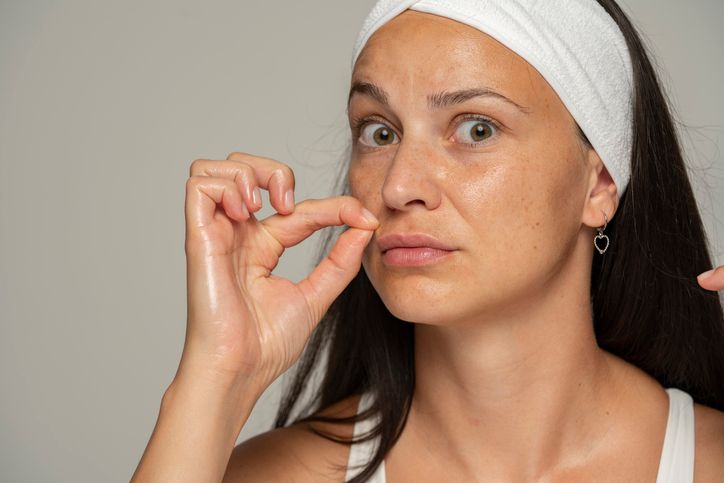
For many, stubble seems to grow back quickly after a shave, leading to the need for more frequent grooming. This can be especially frustrating for those who have coarser facial hair. Stubble regrowth speed is largely influenced by factors like genetics, hormones, and the natural hair growth cycle, which means that some people may naturally experience faster regrowth than others.
Fast Growth Causes
The rate at which facial hair grows is primarily determined by your genetics and hormone levels. However, the appearance of faster regrowth can be influenced by other factors. For example, shaving closely with a dull razor can leave hair shafts at an angle, making stubble appear more noticeable as the hair grows back. Skin irritation and inflammation can also push the hair follicles closer to the surface, causing faster visibility. Additionally, the contrast between dark hair and lighter skin makes stubble more noticeable, even if the growth rate hasn’t changed.
Slowing Regrowth Tips
While it’s not possible to slow down facial hair growth (as it's determined by genetics and hormones), you can minimize the appearance of stubble by optimizing your shaving routine. Using a sharp razor and shaving with the grain can help prevent irritation and reduce the appearance of stubble. A consistent grooming schedule that aligns with your natural growth patterns will also keep your skin looking smooth. Remember, facial hair typically grows at a rate of about 0.4 millimeters per day, regardless of how often you shave.

Breaking Out After Shaving
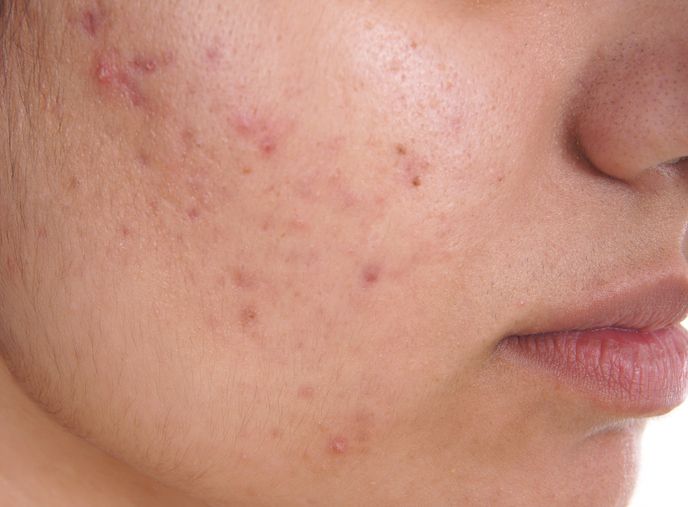
Breakouts after shaving are a common problem for many people, and they can manifest as red bumps, pimples, or other forms of skin irritation. This happens when bacteria enter the pores after shaving or when dead skin cells clog the hair follicles, leading to inflammation and infection.
Preventing Post-Shave Breakouts
To avoid breakouts, it’s essential to cleanse your skin thoroughly before shaving. Use warm water and a gentle, antibacterial cleanser to remove any bacteria or dirt from the surface of your skin. After shaving, apply a fragrance-free, non-comedogenic aftershave balm to help soothe and moisturize the skin. Avoid touching your freshly shaved skin with unwashed hands, as this can introduce bacteria. Don’t apply heavy moisturizers or makeup immediately after shaving, as these products can clog pores.
Treating Breakouts
If breakouts occur despite preventive measures, try using products that contain salicylic acid or benzoyl peroxide to treat the pimples. These ingredients help clear blocked pores and reduce inflammation. If breakouts persist or worsen, consider switching to hypoallergenic shaving products or consulting a dermatologist for personalized advice on managing post-shave skin problems.

A3 Laser Hair Removal Treatment: Say Goodbye to Shaving Problems
If you’re tired of dealing with common shaving problems like razor burn, razor bumps, skin irritation, or the hassle of frequent hair removal, the A3 Laser Hair Removal Treatment could be your ultimate solution. This advanced treatment targets unwanted hair at its root, offering a permanent reduction in hair growth, so you can finally enjoy smooth, irritation-free skin without the need for constant shaving or waxing.
How the A3 Laser Hair Removal Treatment Works
The A3 Laser Hair Removal Treatment uses 808nm wavelength laser technology to effectively target hair follicles, breaking down the melanin within them. The laser energy penetrates deep into the skin layers, causing the hair follicles to shrink and preventing future hair growth. Unlike traditional shaving methods, which only cut the hair at the surface, the A3 treatment tackles the root cause of hair regrowth, providing long-term results.
One of the key features of this treatment is its large 10mm x 10mm handpiece tip, which allows for faster treatment by covering a larger skin area, removing about 500 hair strands per second. This makes the treatment not only efficient but also perfect for larger areas like the legs, arms, and back. Additionally, the A3 laser device includes an integrated dual cooling system that soothes the skin during treatment, minimizing discomfort and reducing the risk of skin irritation or redness after the procedure.
How the Treatment Helps with Shaving Problems
The A3 Laser Hair Removal Treatment addresses multiple shaving problems, particularly the irritation and discomfort caused by frequent shaving or waxing. Unlike these temporary solutions, the laser treatment removes hair at the follicle level, ensuring that you won’t need to worry about razor bumps, ingrown hairs, or razor burn. The cooling system also ensures that the treatment is gentle on your skin, leaving you with smoother, more even skin without the sensitivity and inflammation that often accompany shaving.
By significantly reducing the need for shaving, this treatment helps keep your skin free from the repetitive irritation that can lead to ongoing skin problems like redness, dry patches, and rashes. Over time, you’ll notice a reduction in hair regrowth, giving you more time to enjoy your smooth, soft skin without worrying about constant maintenance.
Key Benefits of the A3 Laser Hair Removal Treatment
• Permanent Hair Reduction: The laser targets the hair follicle, providing a long-term solution for unwanted hair and reducing the frequency of shaving or waxing.
• Prevents Razor Bumps and Skin Irritation: By tackling the hair follicles directly, the A3 treatment eliminates the root cause of common shaving problems like ingrown hairs and razor burn.
• Efficient and Fast: The 10mm x 10mm handpiece tip covers more surface area, allowing up to 500 hair strands to be removed per second, making it a faster and more efficient option than traditional methods.
• No Downtime: Unlike some hair removal methods that require recovery, the A3 treatment allows you to return to your regular activities immediately after the session.
• Soothing and Comfortable: The dual cooling system minimizes discomfort during treatment, keeping your skin calm and free from irritation.
Book Your A3 Laser Hair Removal Appointment Today!
Ready to stop struggling with shaving problems and enjoy permanent hair reduction with minimal discomfort? The A3 Laser Hair Removal Treatment is here to help you achieve the smooth, irritation-free skin you’ve been longing for. Book your appointment today and experience the long-lasting benefits of this safe, non-invasive treatment for silky, soft skin!
New Beauty's A3 Laser Hair Removal TreatmentBook Now to Experience
A3 Laser Hair Removal Treatment
1 Minute Self-Registration
Date should not be before minimal date
FAQ
1. Why do I get razor burn every time I shave, even when I use shaving cream?
Razor burn happens when the skin becomes irritated during shaving, often because of using a dull blade, applying too much pressure, shaving against the direction of hair growth, or using unsuitable shaving products. Even with shaving cream, if there is not enough lubrication or if you are using a blade that is not sharp, friction can cause irritation. Using a sharp razor, applying gentle strokes, and choosing products made for sensitive skin can help with preventing razor burn.
2. How can I prevent ingrown hairs after shaving my beard area or legs?
Preventing ingrown hairs starts with proper shaving techniques and good skin preparation. Always exfoliate regularly to remove dead skin cells that can trap hair beneath the surface. Use a sharp, clean razor and shave in the direction of hair growth. Avoid pulling the skin tight while shaving. Using a good quality shaving gel or shaving cream helps the blade glide smoothly and reduces the chances of razor bumps and trapped hairs. Laser hair removal can also significantly lower the risk of future ingrown hairs.
3. Does dry shaving cause more skin problems than wet shaving?
Yes, dry shaving can cause more skin problems like razor burn, small pimples, and contact dermatitis. Without proper lubrication, the razor blade scrapes across dry skin, leading to microtears, irritation, and inflammation. Wet shaving with warm water and a proper shaving cream or gel creates a protective layer between the blade and the skin, helping to minimize friction and skin irritation.
4. Is laser hair removal a good solution for people with frequent razor bumps and coarse hair?
Laser hair removal is an effective solution for people who suffer from frequent razor bumps, painful bumps, or have coarse and curly hair. It targets the hair follicle and prevents hair from growing back, which reduces the chances of ingrown hairs and razor bumps. Over time, this treatment can help people with coarse hair achieve smoother skin and reduce the irritation caused by regular shaving.
5. How often should I replace my razor blade to avoid shaving irritation and nicks?
You should replace your razor blade after every 5 to 7 shaves. A dull blade can pull at the hair instead of cutting it cleanly, leading to nicks, razor burn, and increased skin irritation. Using a sharp blade helps maintain proper shaving techniques, minimizes friction, and helps avoid razor burn symptoms and painful bumps. Keeping your shaving tools clean and dry between uses also helps protect your skin from irritation and infection.
Recommended Articles
COPYRIGHT© NEW BEAUTY MANAGEMENT LIMITED 2025. ALL RIGHT RESERVED.

